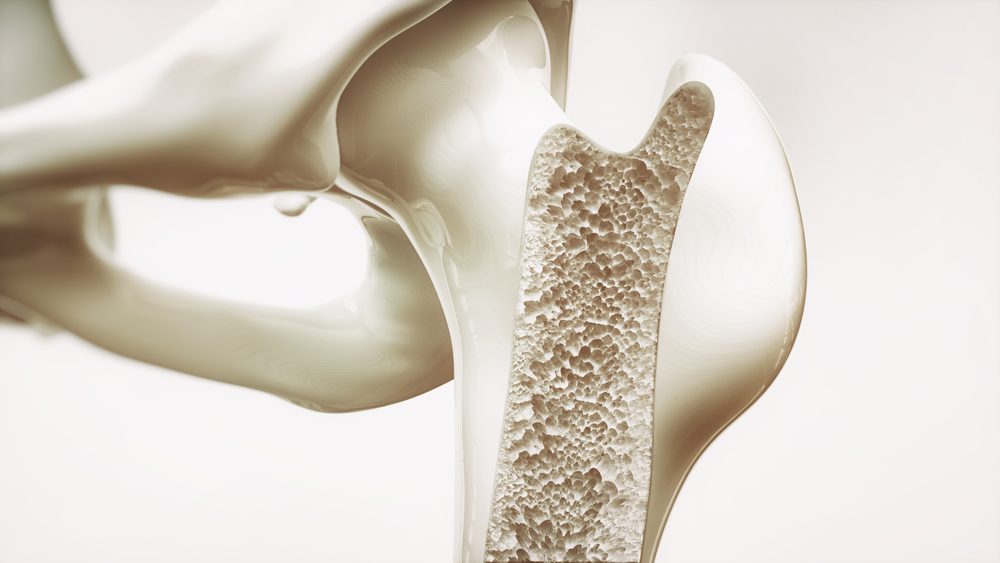More Than 40% of Scleroderma Patients Have Bone Density Loss, Study Finds

More than 40% of scleroderma patients are diagnosed with osteopenia (loss of bone mass) or osteoporosis (weak, brittle bones) and the risk is increased by time from first symptom and with the use of non-corticosteroid immunosuppressants, a study has found.
The results suggest that scleroderma patients should receive regular screening for osteopenia/osteoporosis (OP).
The study, “Prevalence of a Diagnosis of Osteopenia/Osteoporosis Amongst Patients with Systemic Sclerosis and Identification of Associated Clinical Factors,” was presented in November at the American College of Rheumatology’s virtual ACR Convergence 2020.
Currently, screening for conditions affecting bone density like osteoporosis is limited to high-risk groups such as perimenopausal and postmenopausal women 65 and older. Inflammatory diseases like inflammatory bowel disease are also associated with increased risk for osteoporosis.
In the case of scleroderma, an inflammatory disease affecting connective tissue, the presence of conditions affecting the bones also is observed, but the association is not clearly defined. Interestingly, corticosteroids, one of the primary classes of scleroderma treatments, are linked to an increased risk of osteoporosis and bone loss.
Researchers at Stanford University sought to determine the prevalence of OP in patients with scleroderma and to identify the features independently associated with OP in this patient population.
Data from a total of 348 adult patients (ages 18–65 and 87.6% female) with scleroderma at the Stanford Rheumatologic Dermatology Clinic were analyzed. All patients visited the clinic from January 2006 to March 2016.
Among the study population, 41.4% (144 of 348) had been diagnosed with OP. Female patients had a OP risk of 43.9%, which was significantly higher than the 23.3% risk observed in male patients. Patients older than 50 had a 48.3% risk compared to 17.4% in patients younger than 50. Both age and sex are known risk factors for OP.
Scleroderma patients with a diagnosis of OP had longer disease duration (time from the first symptom) and were more likely to also have diagnoses of: sclerodactyly (a scleroderma-induced condition that causes hardening of the skin of the hands); telangiectasias (dilation of small blood vessels in the skin); interstitial lung disease (scarring and inflammation of the lung tissue); and gastroesophageal reflux (acid reflux disease).
OP diagnosis also was more common in patients using corticosteroids and non-corticosteroid immunosuppressants.
The researchers then adjusted the results for known common risk factors for OP — including age, race, sex, smoking history, body mass index, and corticosteroid use — to determine which factors were independently associated with OP risk in scleroderma patients.
The data showed that the greatest independent risk factors for OP in scleroderma patients are longer disease duration and the use of certain non-corticosteroid immunosuppressants.
Taken together, the results showed that “more than 40% of [scleroderma] patients have a diagnosis of OP during the course of disease,” and that “longer disease duration and non-corticosteroid immunosuppressant use increased the odds of diagnosis of OP in [scleroderma] patients,” the researchers wrote.






